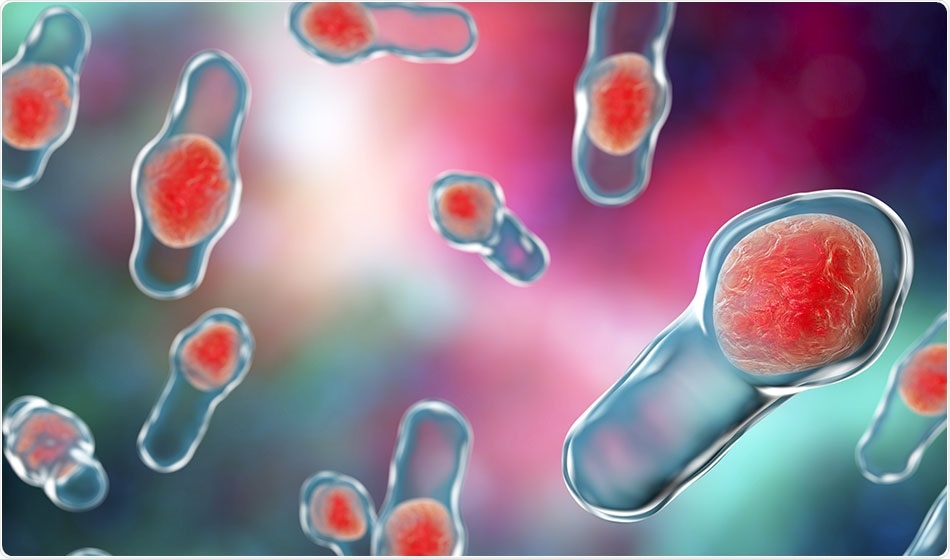
Study finds link between dietary sugar and increasing bacterial epidemics
A new study published in the journal Nature links the rising frequency and severity of healthcare-related occurrences caused by the bacterium Clostridium difficile to the commonly used food additive, trehalose.

Credit: Kateryna Kon/Shutterstock
Dr. Robert Britton, the corresponding author of the study, who is also a professor of molecular virology and microbiology and a member of the Alkek Center for Metagenomics and Microbiome Research and the Dan L Duncan Comprehensive Cancer Center at Baylor College of Medicine said that C. difficile infections were a common problem in hospitals, and during the past 15 years they have become the most frequent cause of hospital-acquired infections in developed countries.
The team of researchers discovered that trehalose supports the growth of more virulent C. difficile lineages (RT027 and RT078), that have predominate in patient infections.
Dr. James Collins, the first author of the study and postdoctoral associate in the Britton lab, said:
C. difficile is the most common cause of infectious disease-related death in the United States, according to Center for Disease Control and Prevention (CDC). In 2015, they reported nearly half a million infections and 29,000 estimated deaths caused by C. difficile.
The bacterium causes life-threatening colonic inflammation and diarrhea. Patients above 65 years are at the greatest risk, and the infections mostly occur in those who have received antibiotics and medical care.
One of the factors that are thought to help lineage RT027 to cause epidemics is resistance to fluoroquinolone antibiotics.
However, according to Collins, fluoroquinolone resistance is also a characteristic of other C. difficile lineages which are non-epidemic. "We searched for other factors that would help RT027 and RT078 increase their virulence," he added.
Using mouse models, the team investigated the sources of food preferred by RT027 and RT078 and found that they can grow on levels of trehalose that are nearly 1,000 times lower than those required by other lineages of these bacteria. This serves as a major advantage for RT027 and RT078.
They found that RT027 and RT078 possess the genes to utilize trehalose as a food source. In using trehalose, each lineage is highly efficient and evolves independent mechanisms to make use of this sugar.
The team conducted a study on a mouse model of C. difficile infection, in order to find the connection between the ability to metabolize low levels of trehalose and increased disease severity.
In the trial, the mice received a strain of the RT027 lineage of C. difficile along with a diet with or without low trehalose levels. The results indicated that diet did make a difference to the virulence of the infection, where the group that consumed trehalose showed higher mortality.
However, further experiments indicated that increased disease severity in the presence of trehalose could not be explained by the mice having greater numbers of bacteria.
Instead, the disease was made more severe by the higher levels of toxins produced by RT027.
Along with similar experiments, these studies provide proof for the contribution of dietary trehalose to the predominance of epidemic C. difficile lineages and to their virulence.
As the genetic factors that help these bacteria to metabolize trehalose and enhance the production of toxins were present well before the outbreaks started, the team were unsure of could have triggered the epidemics.
Britton later discovered that in the United States, trehalose was approved as a food additive for a variety of foods, from sushi and vegetables to ice cream in 2000. The reports of outbreaks with these lineages began to increase within three years after the approval.
According to him, there might be other contributing factors, but trehalose is a key trigger.
The study calls for further investigation on the effect of trehalose in the diet of patients in hospitals with RT027 and RT078 outbreaks, he added.



































No hay comentarios:
Publicar un comentario